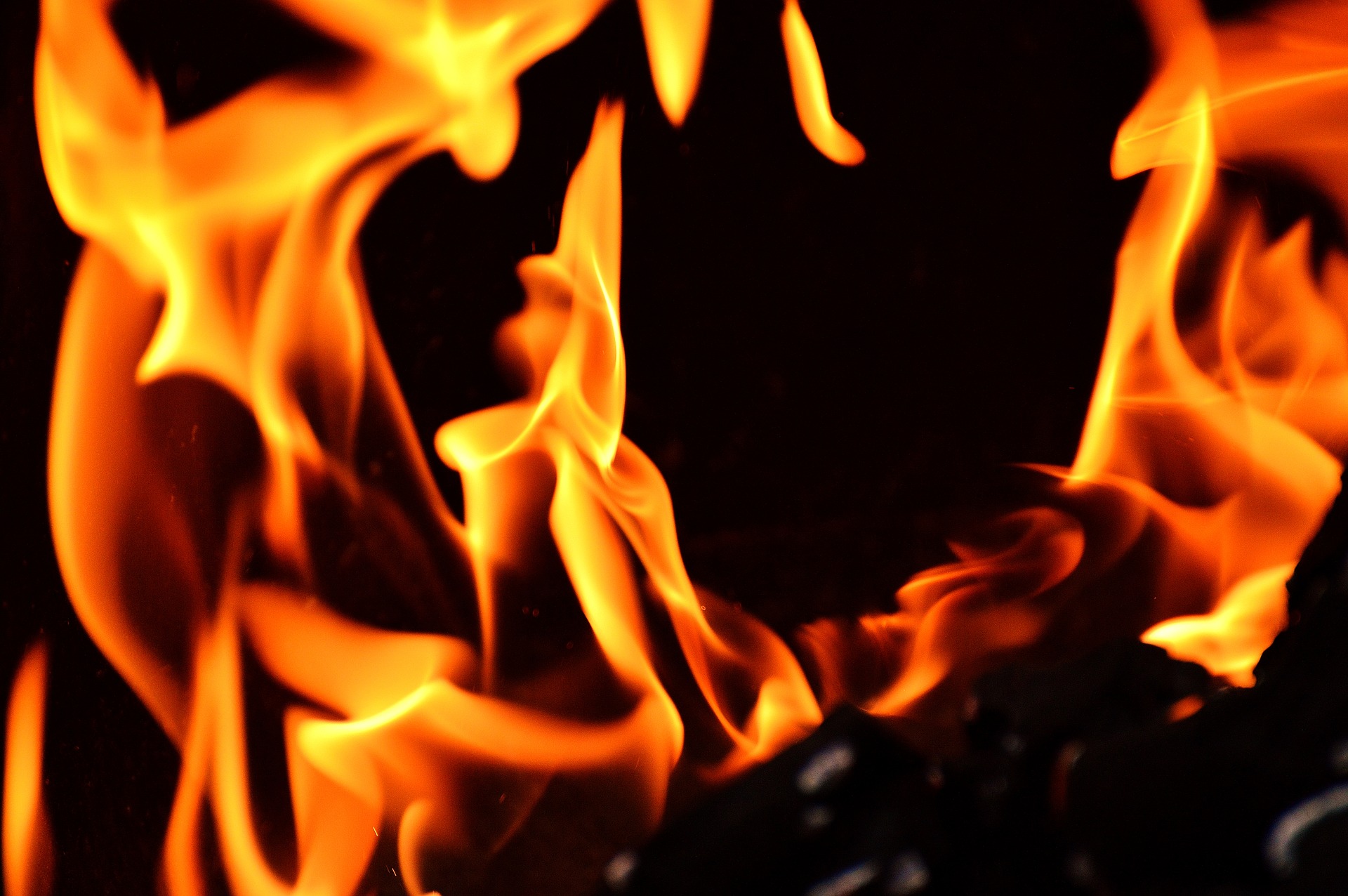
Within the steel and metal processing industry, the EN ISO 11611 standard specifies the minimum basic security requirements and test methods for protective clothing and processes related to comparable risks. Protective clothing that meets this standard is dedicated to protecting the wearer against molten metal sparks, accidental flame contact, radiant heat from an electric arc used for welding, and related processes. It also minimizes the potential for electric shock due to a short circuit (accidental, short-brief contact with electrical conductors at voltages of up to about 100 V).
Which FR risks does EN ISO 11611 cover?
The EN ISO 11611 standard consists of several tests, each of which simulates a different welding related risk or welding class. It’s also important to note that EN ISO 11611 is segmented into two classes. If the protective fabric passes all tests, it’s certified as EN ISO 11611 Class 1. If the fabric also passes the Class 2 requirements for the radiant heat, tear strength and molten metal tests, it’s certified as EN ISO 11611 Class 2.
Below are the specific requirements for each test:
1. Heat transfer, or radiant heat (ISO 6942)
• Class 1: 24 °C temperature increase after 7 seconds
• Class 2: 24 °C temperature increase after 16 seconds
2. Impact of molten metal spatter (ISO 9150)
• Class 1: 40 °C temperature increase after 15 droplets
• Class 2: 40 °C temperature increase after 25 droplets
3. Flame spread (ISO 15025)
• Code letter A1 - 10s surface ignition (required)
• Code letter A2 - 10s edge ignition (optional)
4. Electrical resistance (EN 1149-2)
• Should be higher than 105 Ω
5. Tear strength (ISO 13937-2)
• Class 1: minimum 15N
• Class 2: minimum 20N

